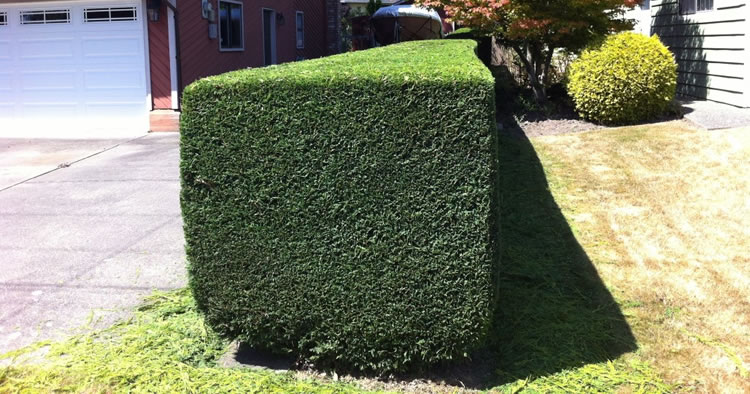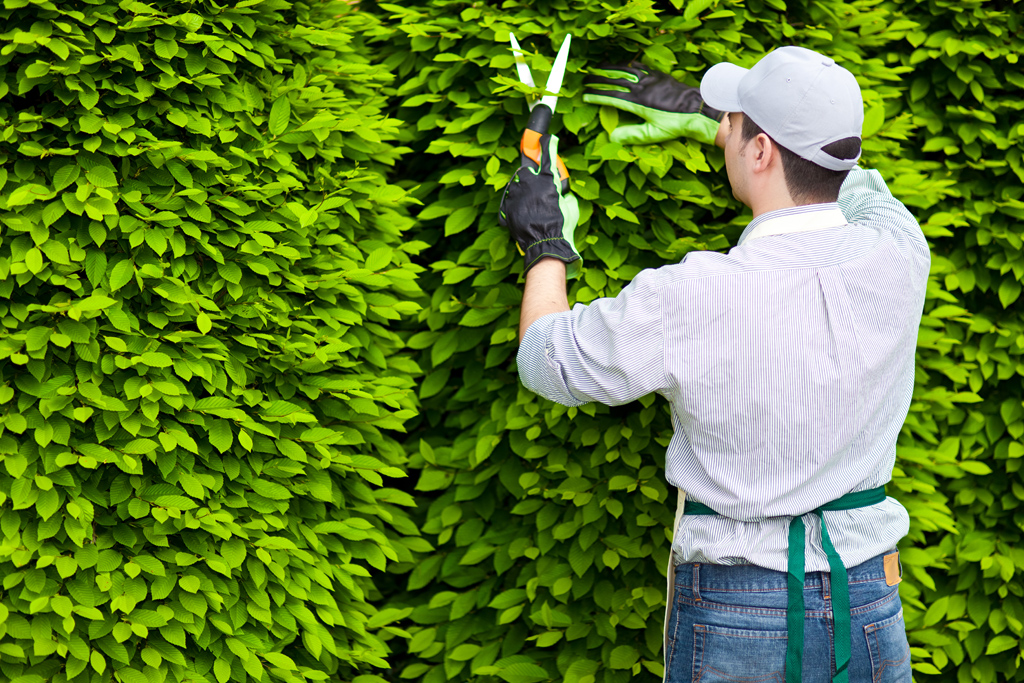Whether you do it yourself or hire a professional, it’s good to know when to trim your trees and shrubs. Aside from the obvious reasons, like dead or broken branches that are immediately visible, there are a few other factors to keep in mind as well. Texas A&M has some great details about Proper Pruning Techniques.
Age
Young trees should be trimmed mindfully while they are still growing, so that you can “train” them to grow in a certain way. This is also important for young shrubs that have been planted close together, or in a limited space.
Trees that are 10 years old or more really only require maintenance trimming to get rid of problematic limbs. Their growth pattern is already established by this age, and they’re less likely to produce seedlings at their base.
Trees and shrubs between 3 and 9 years old are perhaps the highest-maintenance of the bunch. This is because they’re still in active growth much of the time, and you want to discourage limb growth that doesn’t benefit the overall structure and health of the plant.

Shape
The shape that your tree has taken on throughout the season can be a good indicator that it’s time for a trim. If it’s looking a bit top-heavy, or if there is obvious damage or overgrowth with some of the branches, then it’s time to take action.
Season
Clearly there are some situations that need to be addressed immediately, either for safety issues (e.g. a broken branch that could fall) or health concerns for the plant itself. But a routine pruning depends largely on the type of tree or shrub.
Flowering trees are best pruned in the springtime, often just before they begin to bloom. This practice can actually help them produce a more robust crop of blossoms. However, heavier trees such as oak trees, are best trimmed in the fall season after they’ve lost their foliage.
Technique
If you do choose to prune your own trees and shrubs, it’s good to know a few do’s and don’ts for the task. For instance, one practice that’s generally discouraged is called “topping.” This is the practice of taking too much height off of a tree’s crown, with the (inaccurate) assumption that doing so will cause it to produce more flowers.
Topping is common with crape myrtles, often leaving these beautiful trees looking “scalped.” For more info on how to prune them correctly, check out Trimming Crape Myrtles in Texas.
Overtrimming of any sort is really to be avoided in general, as it robs the plant of sufficient foliage by which to nourish itself. If a sizeable tree has a disproportionately small amount of leaves, it simply cannot produce enough nutrients to feed the entire organism.
You also want to steer clear of overdoing it for aesthetic purposes. Pruning too much of the canopy, or pruning too many lower branches in order to raise the canopy, can make the tree look unnaturally sparse.
Finally, when removing a dead or diseased branch, you don’t want to cut it too closely to the trunk. Leave a few inches, so that the tissue responsible for healing the limb remains intact and able to do its job.

